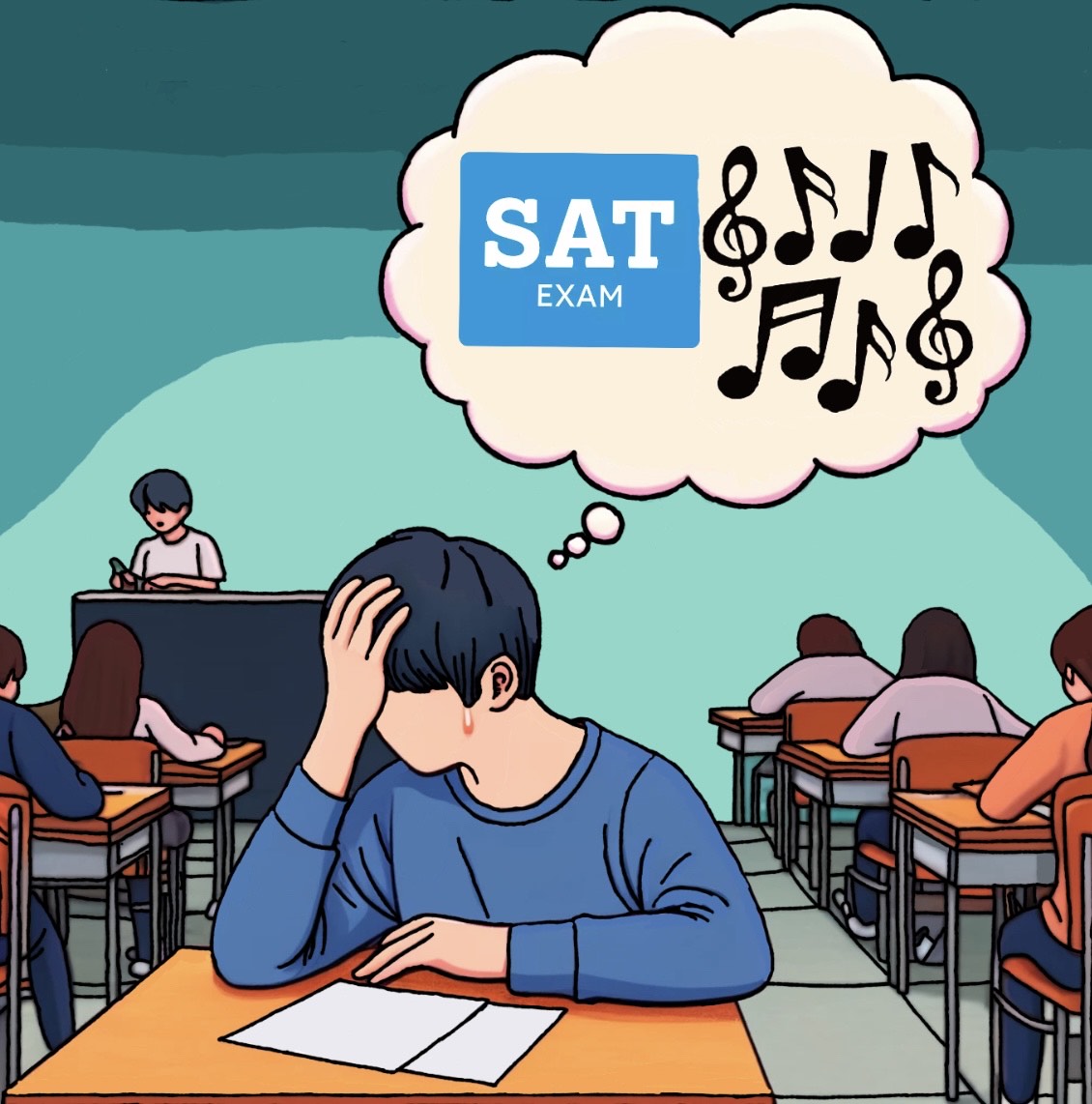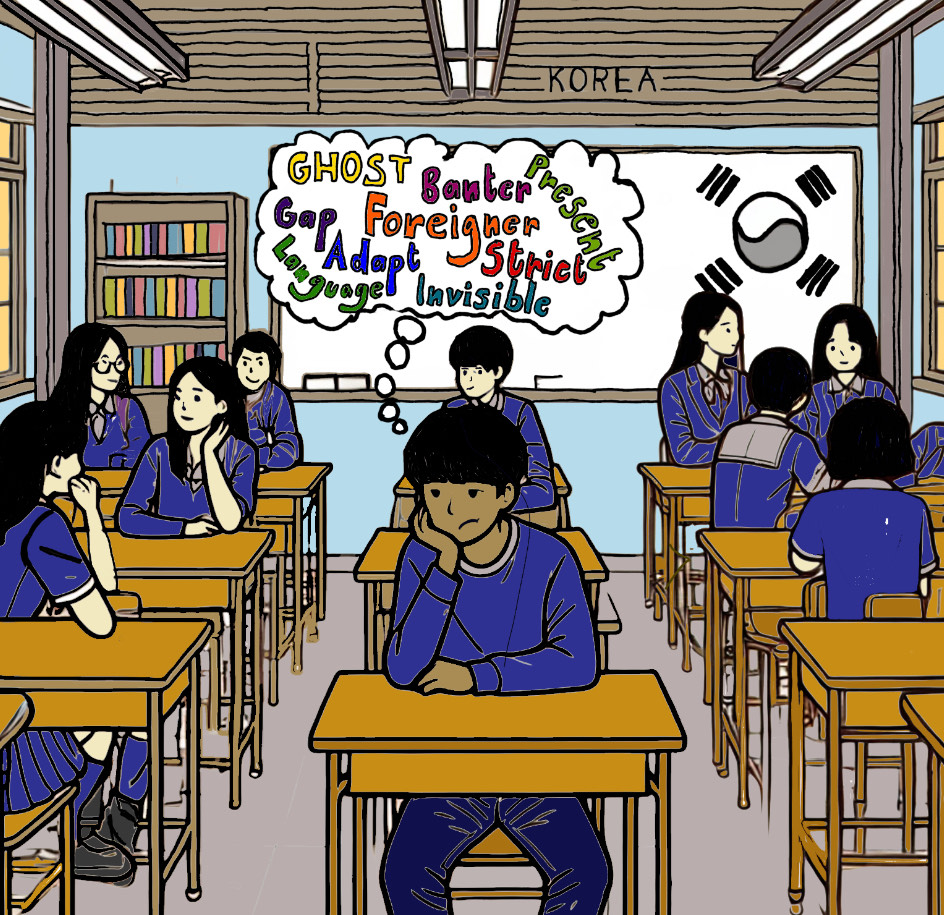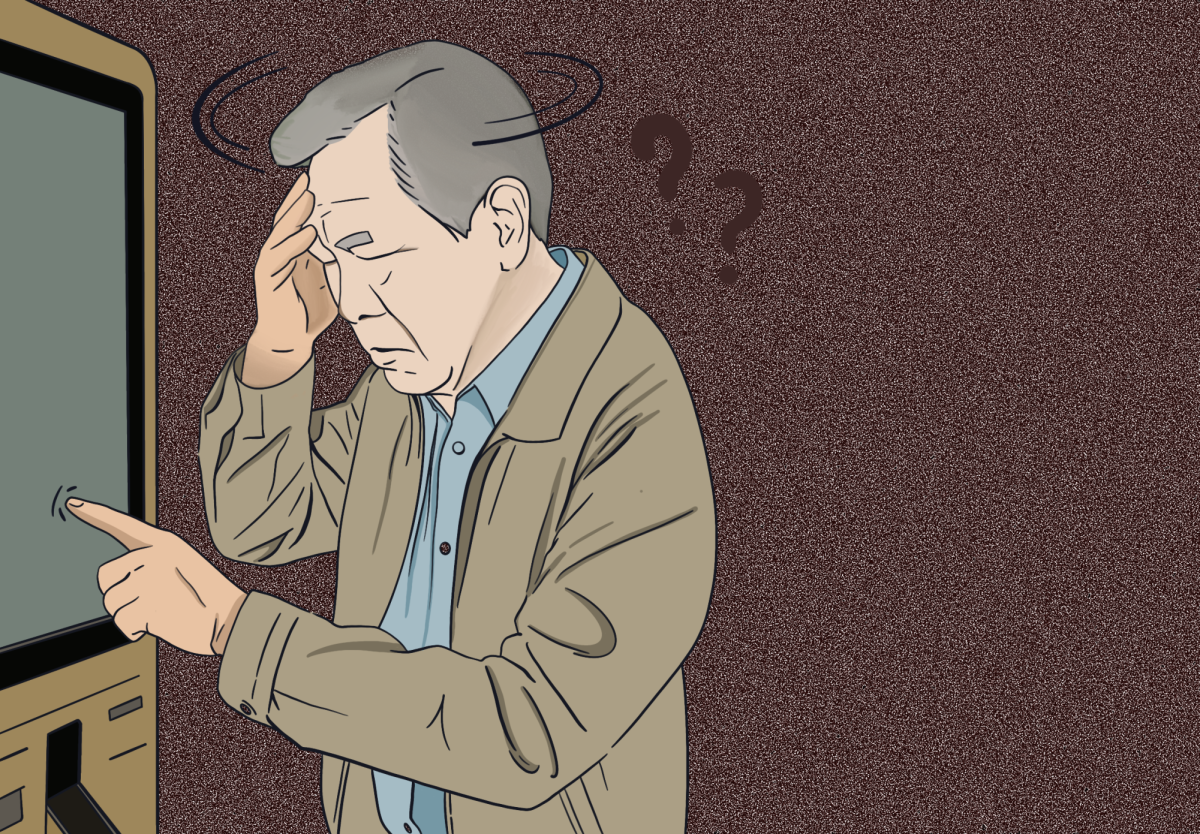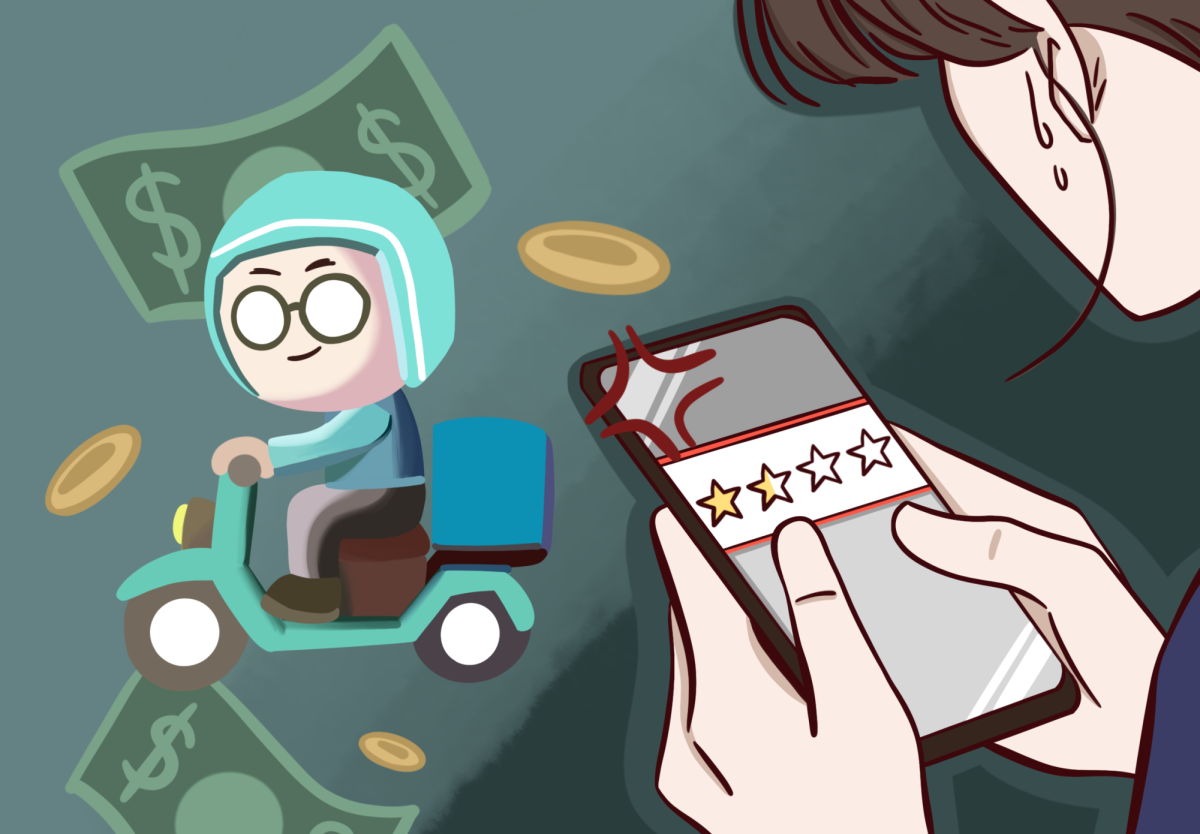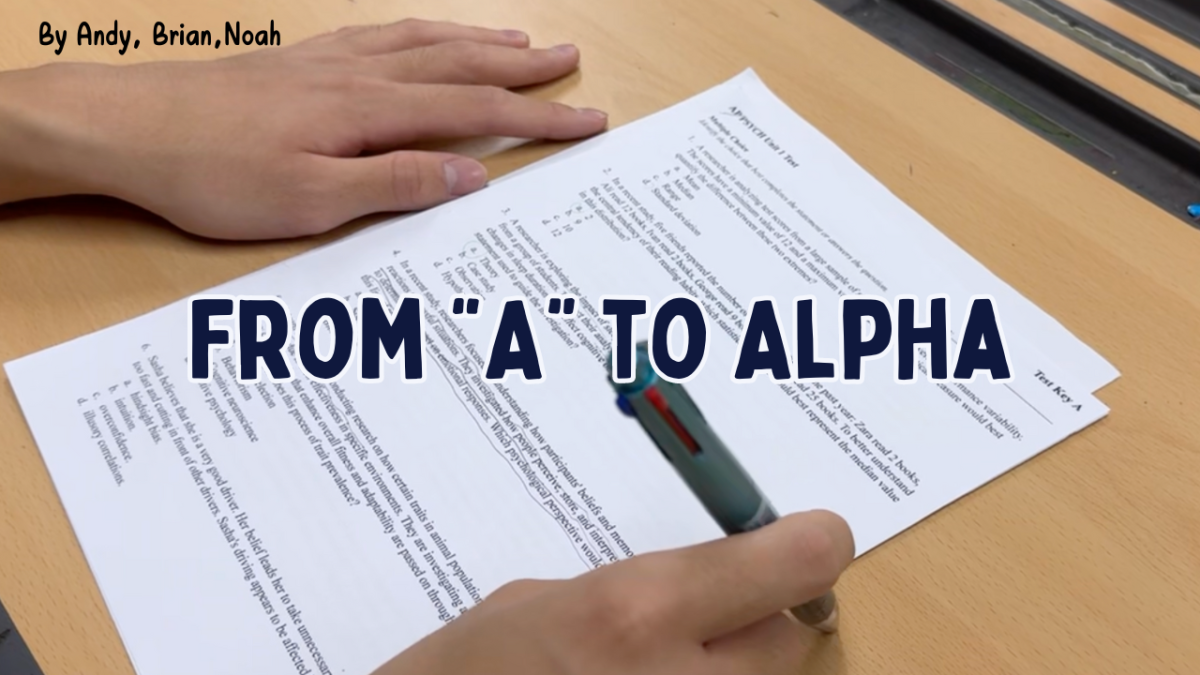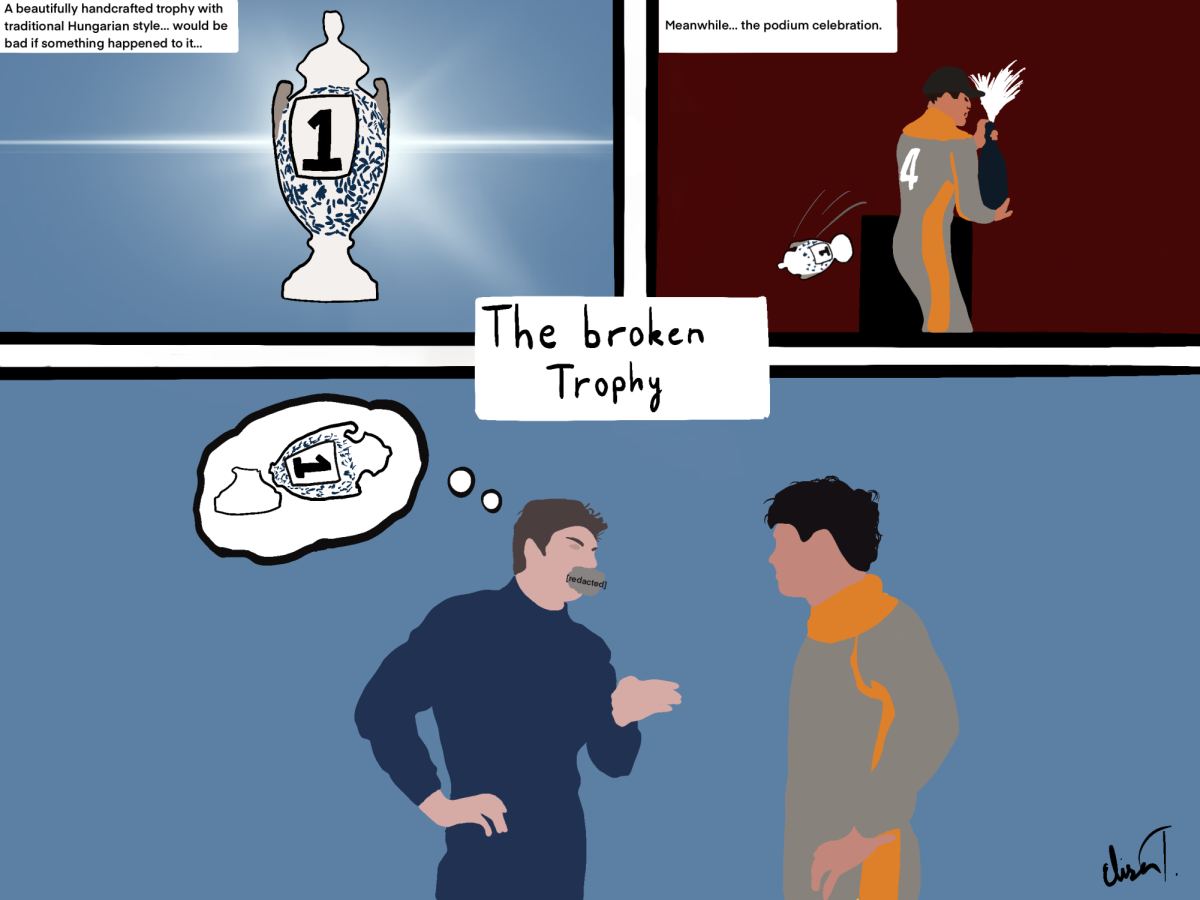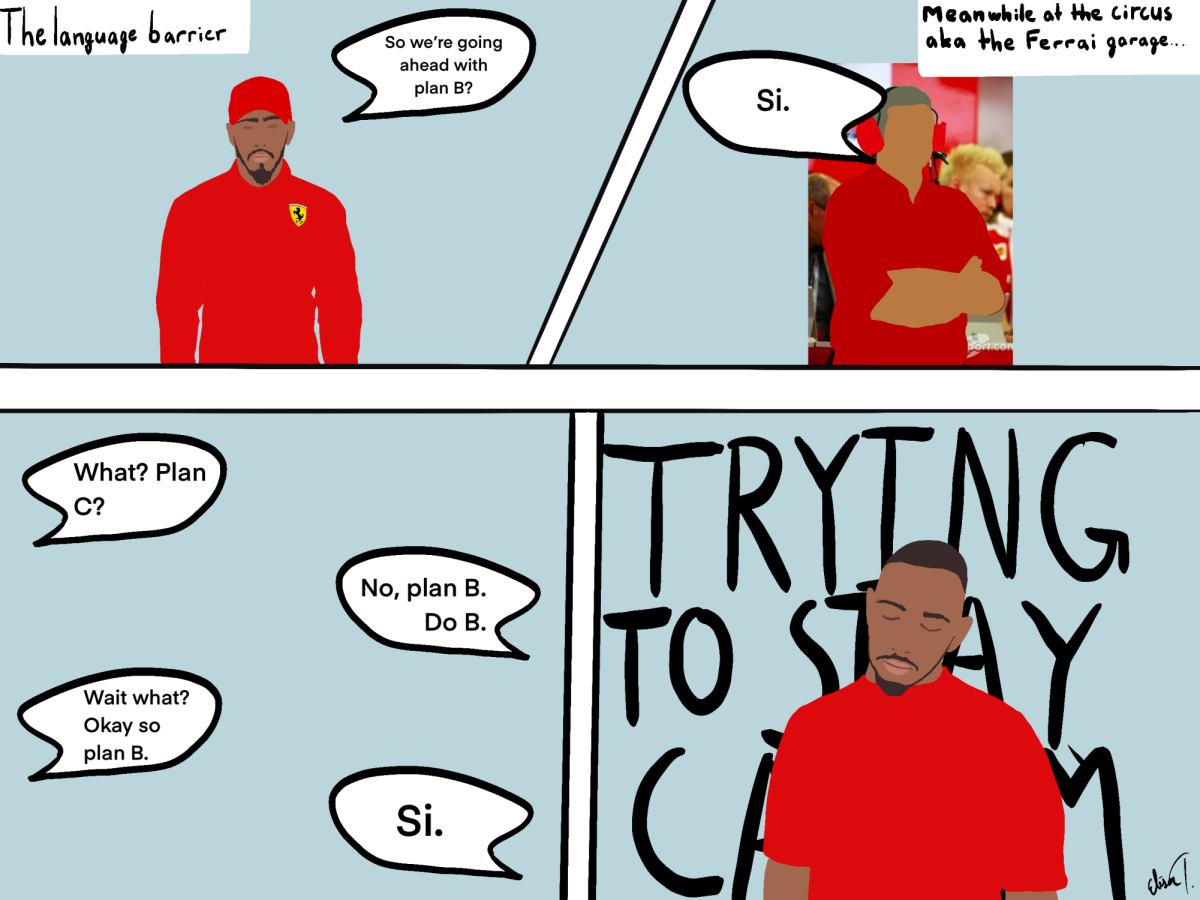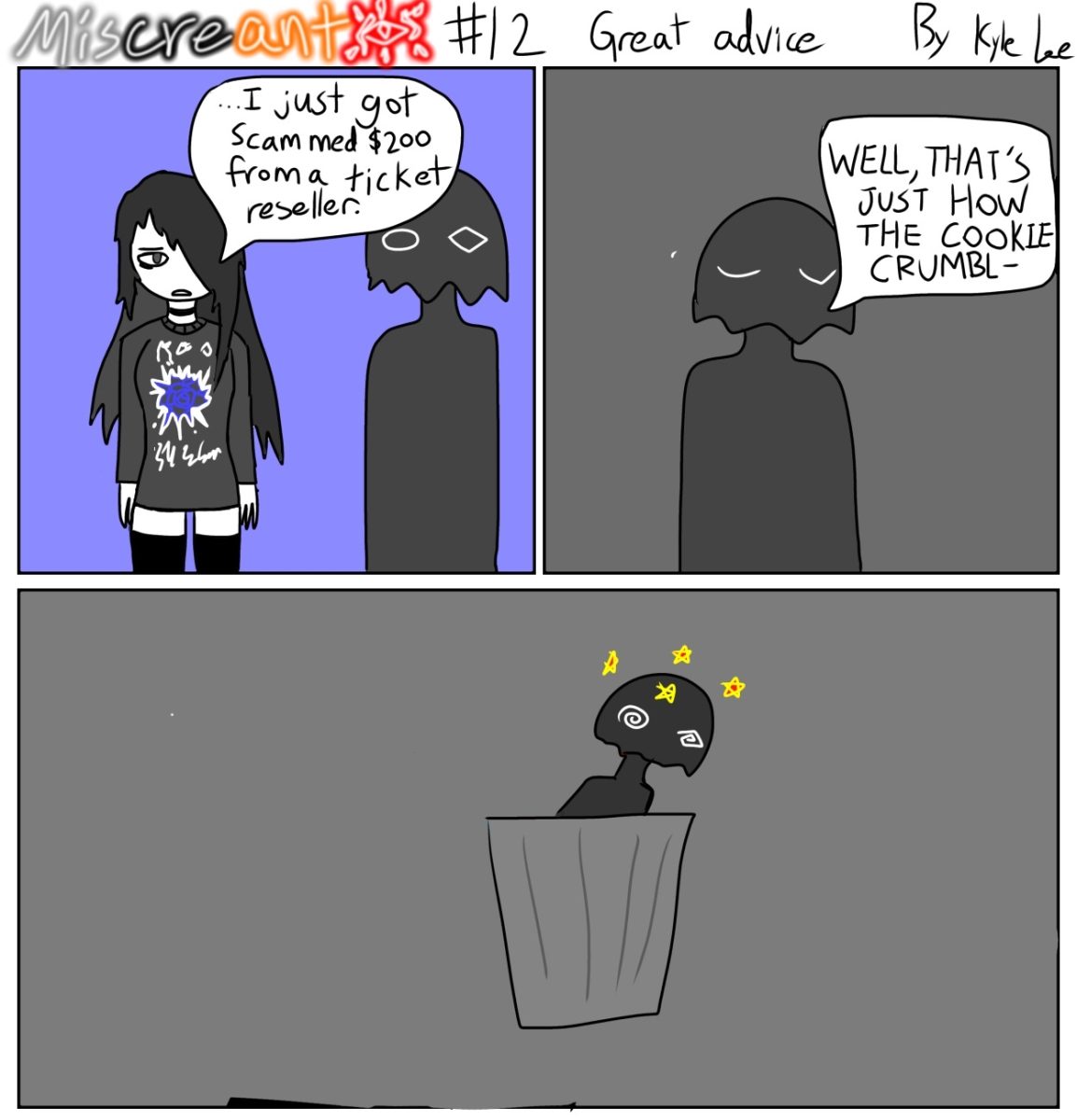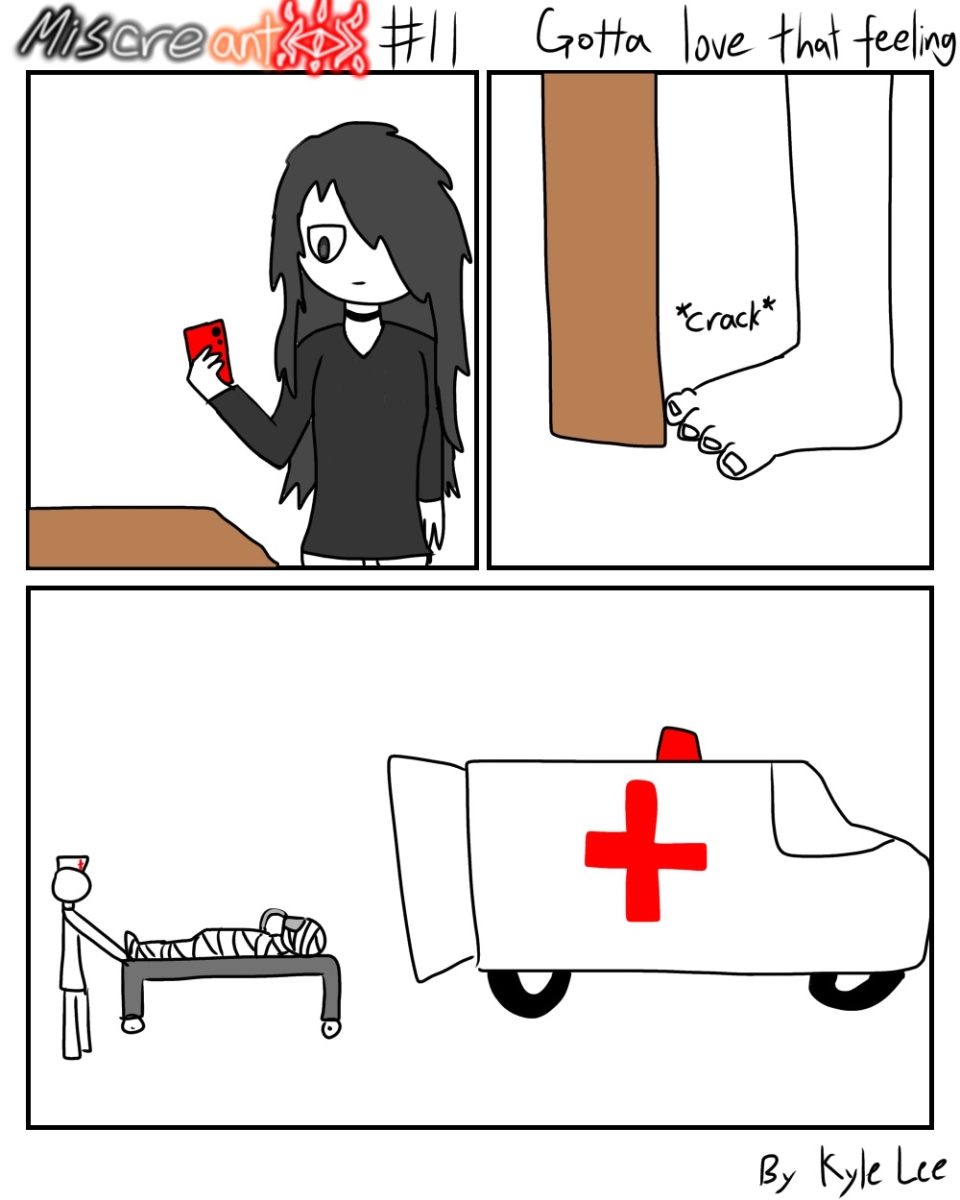The Grimm Backstory Behind Fairy Tales
Where Popular Children’s Stories Actually Came From
February 10, 2022
Cinderella marries her dear prince, Little Red Riding Hood gets to her grandmother’s house safely, Snow White is saved from her curse, and so on…this is the typical fairy tale ending that every child is fairly familiar with. Most kids are especially familiar with film adaptations; companies like Disney and Pixar have even animated a plethora of these “happy endings,” complete with jovial songs, dances, and funny characters to top it all off. But the truth is that these saccharine endings were never real; these folktales started out much darker than any child could ever imagine.
Stories such as Little Red Riding Hood and Cinderella were initially created not for the entertainment of children, but adults. The movies that Walt Disney devised originally contained rather mature content – violence, brutality and even gore were common themes – for instance, Cinderella’s first edition features the stepsisters getting their eyes brutally pecked out by birds as a form of punishment. These dismal tales are the original versions; the fables we typically think of were originally authored (with unsparing detail) by renowned authors such as Hans Anderson and the Grimm brothers.
Although the Grimm Brothers based their compilations off of the traditional children’s stories that trended throughout Europeㅡand often ones that told important fablesㅡthe Grimm Brothers soon learned that they could sell children’s books to parents, rewriting the content to be suitable for their new audience. However, it wasn’t until the Victorian era when these tales that heavily taught children strict morals, such as the ever-so classic “don’t trust strangers” lesson, skyrocketed in sales and overall popularity. The Victorian era was particularly known to be strict with children and were known to be obsessed with being “civilized” by their societal definitions at the time. With this newfound success, the Grimm Brothers and their publications became widely known among all households throughout the world
As such, the focus of fairy tales started to shift towards children. To decrease the amount of explicit details to fit its new demographic, Disney has watered down stories – note how Red Riding Hood lives happily ever after with her grandmother, and the three little pigs also manage to live happily soon after defeating a wolf.
It wasn’t until the 20th century when Disney began animating the first ever film adaptations of these stories. Their capitalization on children’s books based on magic, friends, and hopes and dreams quickly promoted the way we perceive fairy tales today: cheerful, carefree, and pleasant for the whole family to enjoy.
It’s a bit cruel to think that innocent pieces of age-old fiction stemmed from a greedy intent. But after some thinking, I realized that these origins, though shocking, don’t change the tales’ effects and overall lessons they teach children.









